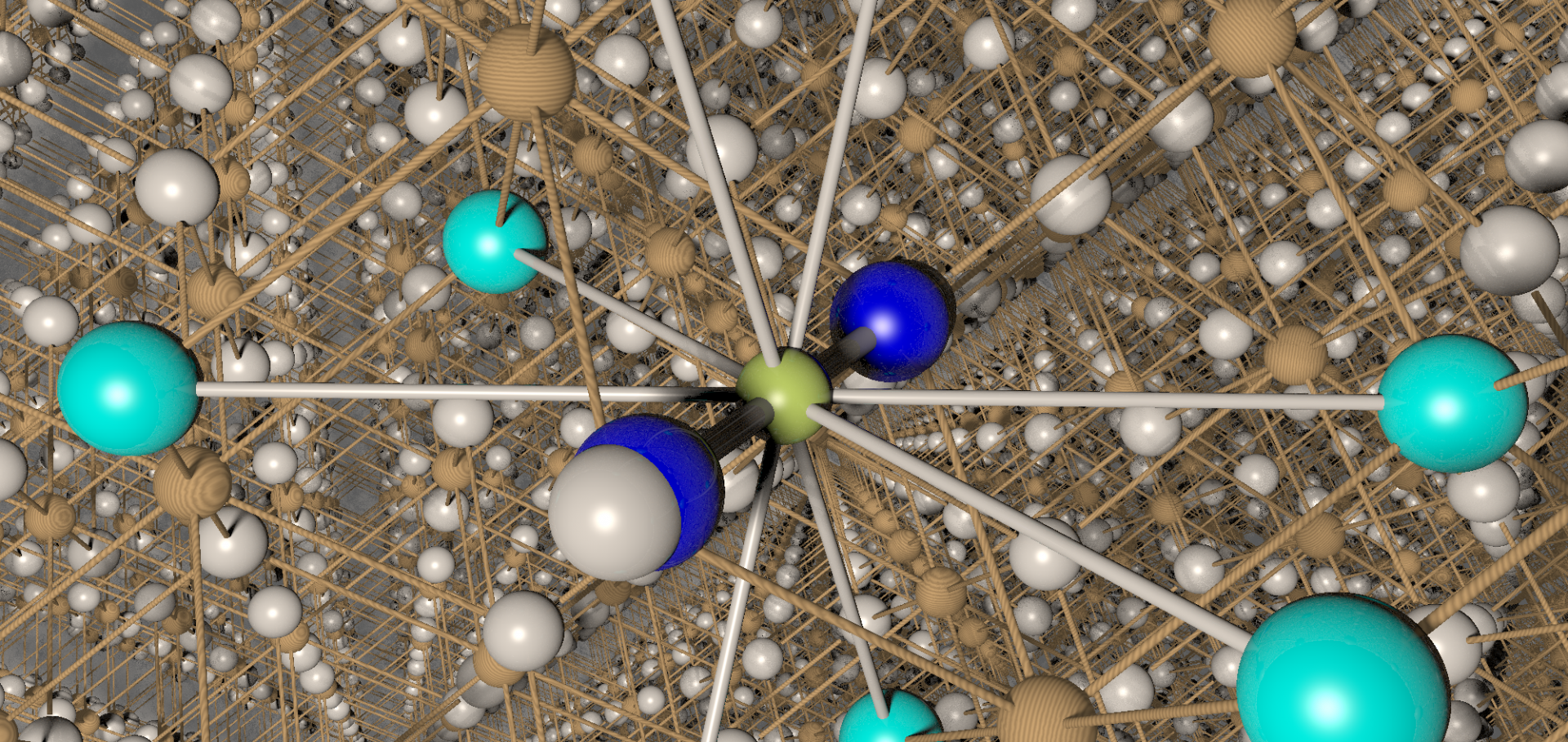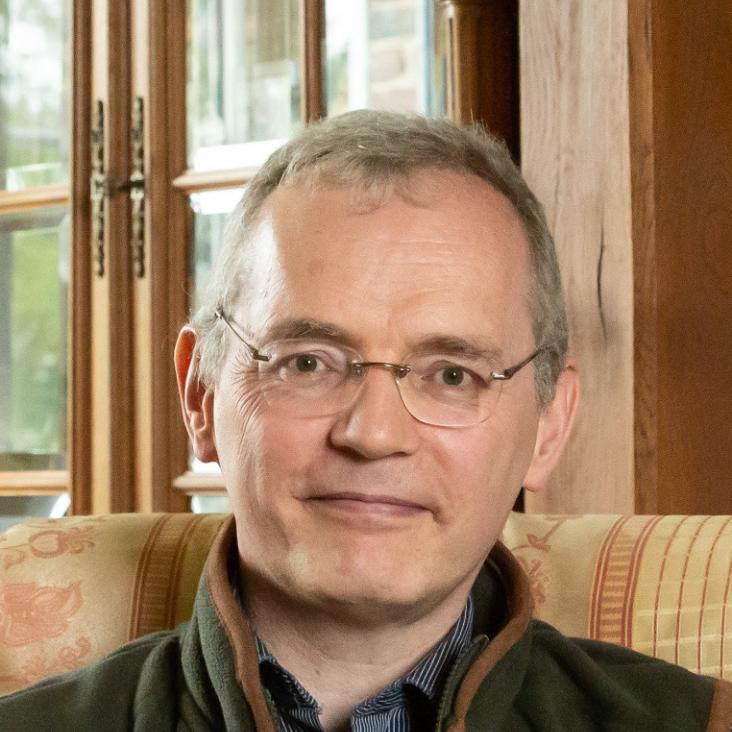Ultra-high critical current densities, the vortex phase diagram and the effect of granularity of the stoichiometric high-Tc superconductor, CaKFe4As4
Physical Review Materials American Physical Society 2:2018 (2018) 074802
Abstract:
We present a comprehensive study of the critical current densities and the superconducting vortex phase diagram in the stoichiometric superconductor CaKFe4As4 which has a critical temperature of ∼35 K. We performed detailed magnetization measurements both of high quality single crystals for different orientations in an applied magnetic field up to 16 T and for a powder sample. We find an extremely large critical current density, Jc, up to 108 A/cm2 for single crystals when H(ab) at 5 K, which remains robust in fields up to 16 T, being the largest of any other iron-based superconductor. The critical current density is reduced by a factor 10 in single crystals when Hc at 5 K and significantly suppressed by the presence of grain boundaries in the powder sample. We also observe the presence of the fishtail effect in the magnetic hysteresis loops of single crystals when Hc. The flux pinning force density and the pinning parameters suggest that the large critical current could be linked to the existence of point core and surface pinning. Based on the vortex phase diagram and the large critical current densities, CaKFe4As4 is now established as a potential iron-based superconductor candidate for practical applications.Elements of slow-neutron scattering
Contemporary Physics Taylor & Francis 59:3 (2018) 319-320
Quantum magnetism in molecular spin ladders probed with muon-spin spectroscopy
(2018)
Magnetic phases of skyrmion-hosting GaV$_4$S$_{8-y}$Se$_{y}$ ($y = 0, 2, 4, 8$) probed with muon spectroscopy
(2018)
Microscopic effects of Dy doping in the topological insulator Bi2Te3
Physical Review B American Physical Society 97:17 (2018) 174427


